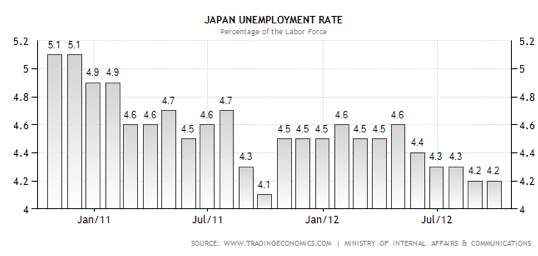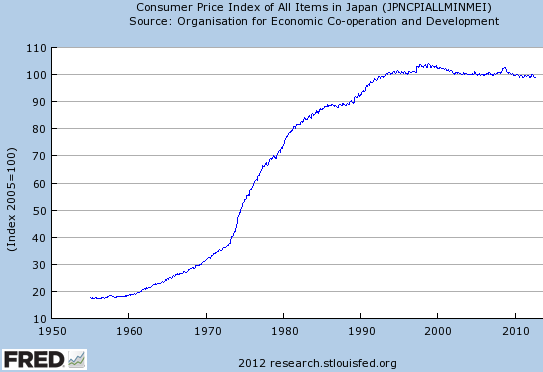From the WSJ:
Mr. Bullard noted that in 2009 the Fed may have kept monetary policy too tight, but that was before the Fed embraced bond buying as a tool of policy stimulus.
Pay no attention to the “may.” Officials don’t acknowledge that the institution they are responsible for may have screwed up, unless they actually think it screwed up.
HT: Steve
Off topic. A commenter named “Cornflour” produced what I thought was the most persuasive explanation of the “Driftless Area Mystery.”
I don’t have the numbers at hand, but I’m an ex-geologist who grew up in Iowa, so I have some observations that aren’t entirely imaginary.
It’s already been noted that Rochester and the Quad Cities are on the edges of the driftless area, and have their own stories. For the rural part, this is a gentrification story.
The driftless area is very pretty country, and by Midwestern standards, the climate isn’t too bad. It was always poor land for farming, and earlier generations ran small hog and dairy farms. These were never very competitive, and don’t survive in large numbers. Starting in the 1960″²s, back-to-the-land people started buying land and lived (some still living) a vaguely hippie lifestyle. Later migrants were more middle class, or even wealthy. They started B&B’s, organic dairy farms, organic apple orchards, goat farms, restaurants, etc. A few are artists and craftsmen. There are quite a few hobby farms. Most of these people have come from the Chicago area and are very liberal. A very small number of them are conservatives of the “crunchy con” sort.
Not all of the local people have left, but they are now called “the locals.” It’s the newcomers who swing votes to Democrats like Obama, but not necessarily to more old-fashioned local Democrats. For those with Midwestern myopia, think of New York and Vermont a generation earlier.
So it’s sort of the upper New England of the Midwest. I guess one can live in a state without really understanding it. BTW, do you recall the famous Maine catalog company “L.L. Bean.” Guess where “Land’s End” is located. That’s right, the Driftless Area–Dodgeville, Wisconsin.
I have to disagree with him on one point, however. There is no such thing as a Midwestern climate that “isn’t too bad.”
PS. I mentioned the 1966 film “Blow Up” in the Driftless Area post. I just saw the film last night at Harvard (a perfect print, BTW) for the first time in 40 years. Blow-Up obviously influenced the directors of The Conversation, Blow Out, A Clockwork Orange, and many of the films made in Asia over the past 25 years. After the film I thought about all of the great films made between 1958-75; Blow-Up, The Passenger, Vertigo, Psycho, The Godfather I and II, Laurence of Arabia, Dr. Strangelove, 2001, Touch of Evil, Chinatown, etc. And that’s just a partial list of the classic English language films. We haven’t even gotten into all the Italian/French/Japanese classics. Or the films of Tarkovsky, Bergman, Ray, etc. And yet today far more aspiring directors have access to “film schools,” or to cheap digital cameras where they can show their chops.
Why don’t they make “great” films like “Blow-up” anymore? Is it because they’ve already been made? Or because we can’t recognize them? Because we just aren’t seeing what future generations will see. Or to put it another way, does this comment by Susan Sontag also apply to film?
IS LITERARY GREATNESS still possible? Given the implacable devolution of literary ambition, and the concurrent ascendancy of the tepid, the glib, and the senselessly cruel as normative fictional subjects, what would a noble literary enterprise look like now?
Answers can be provided in the comment section.





